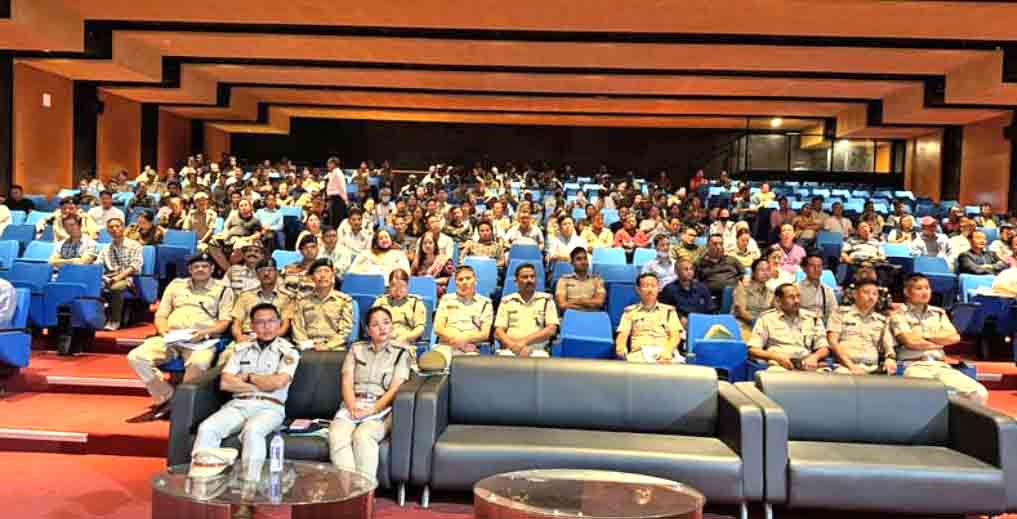-
DC Capital appeals voters to exercise adult franchise
-
 General Observer urges poll officials to work in coordination
General Observer urges poll officials to work in coordination
-
 Polling officials dispatched to three remote polling stations in Upper…
Polling officials dispatched to three remote polling stations in Upper…
-
 Security forces conduct flag march in Pasighat,144 CrPC clamped in…
Security forces conduct flag march in Pasighat,144 CrPC clamped in…
-
Polling teams for Kullung, Habia dispatched
-
Expelled BJP ZPMs seek time to explain stand
-
Security tightened to ensure free & fair elections: SP
-
Index campaign launched for Papumpare, ICR
-
General Observer takes stock of MCMC activities
-
DEO holds press briefing on Election Preparedness, SOPs
With the addition of 96,551 new cases on Friday, India's Covid-19 caseload has crossed the 45 lakh mark. While this will bring much discomfort, the findings of the first national sero survey conducted by ICMR during May-June will expose a cruel reality that the present figures, even if mammoth by all counts, might very well be the iceberg’s tip. The report containing the findings published in the Indian Journal of Medical Research on September 10 shows by early May India actually had 64 lakh Covid infections which was not reflected in caseloads then officially declared based on lab-confirmed tests. This is sure to bring added worries now and also raise the question why the detailed findings that have extensive ramifications on the country’s fight against the pandemic took such a long time to emerge.
It’s pertinent to recall that ICMR on June 11 shared that 0.73% of India’s adult population had been exposed to coronavirus and the detailed report that has now arrived confirms that in terms of numerical representation, it was a huge figure of 64 lakh. It also needs to be taken into account that the survey which had a sample size of 28000 was conducted between May 11 to June 4, which means the country by then had undergone more than one and a half month of lockdown. Thus, in a way, the detailed findings contradict the claim that the lockdown has been hugely instrumental in avoiding a more major public health disaster. The early-May actuality now gradually unfolding is that the pandemic’s real size was substantially higher than depicted through lab test figures and the spread had been silent, fast and deeply penetrating. The report is significant in the sense it has drawn attention to the preliminary strategies adopted in face-to-face with the virus, particularly regarding testing, giving way to re-evaluation of their real-term efficacies. It has been a noticeable aspect that in early months, testing strategies were marked with focus on symptomatic cases and with extensive variability across states. While many states managed to upscale tests within a short time, many more, particularly in Northeast including Arunachal Pradesh lagged behind due to infra shortages specific to the pandemic and the inherently weak public healthcare apparatus.
The report will once more explain why the WHO from day one has been stressing on test factor. Currently, India is conducting more than 11 lakh tests daily and has also crossed the cumulative total of 5.4 crore. But even then there is need for more, given the fact that low testing in early months had given the virus a free run, resulting in a multiplier effect on the overall national spread.
The report is deeply insightful and should serve as an eye-opener for all policy makers drawing Covid combat plans.

Kenter Joya Riba
(Managing Editor)She is a graduate in Science with post graduation in Sociology from University of Pune. She has been in the media industry for nearly a decade. Before turning to print business, she has been associated with radio and television.
Email: kenterjoyaz@easternsentinel.in / editoreasternsentinel@gmail.com
Phone: 0360-2212313

